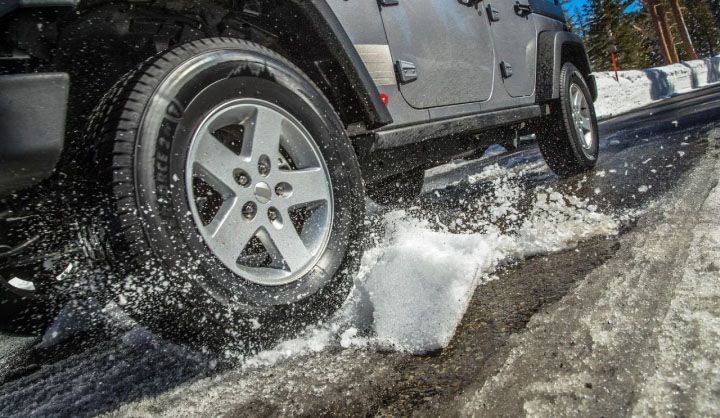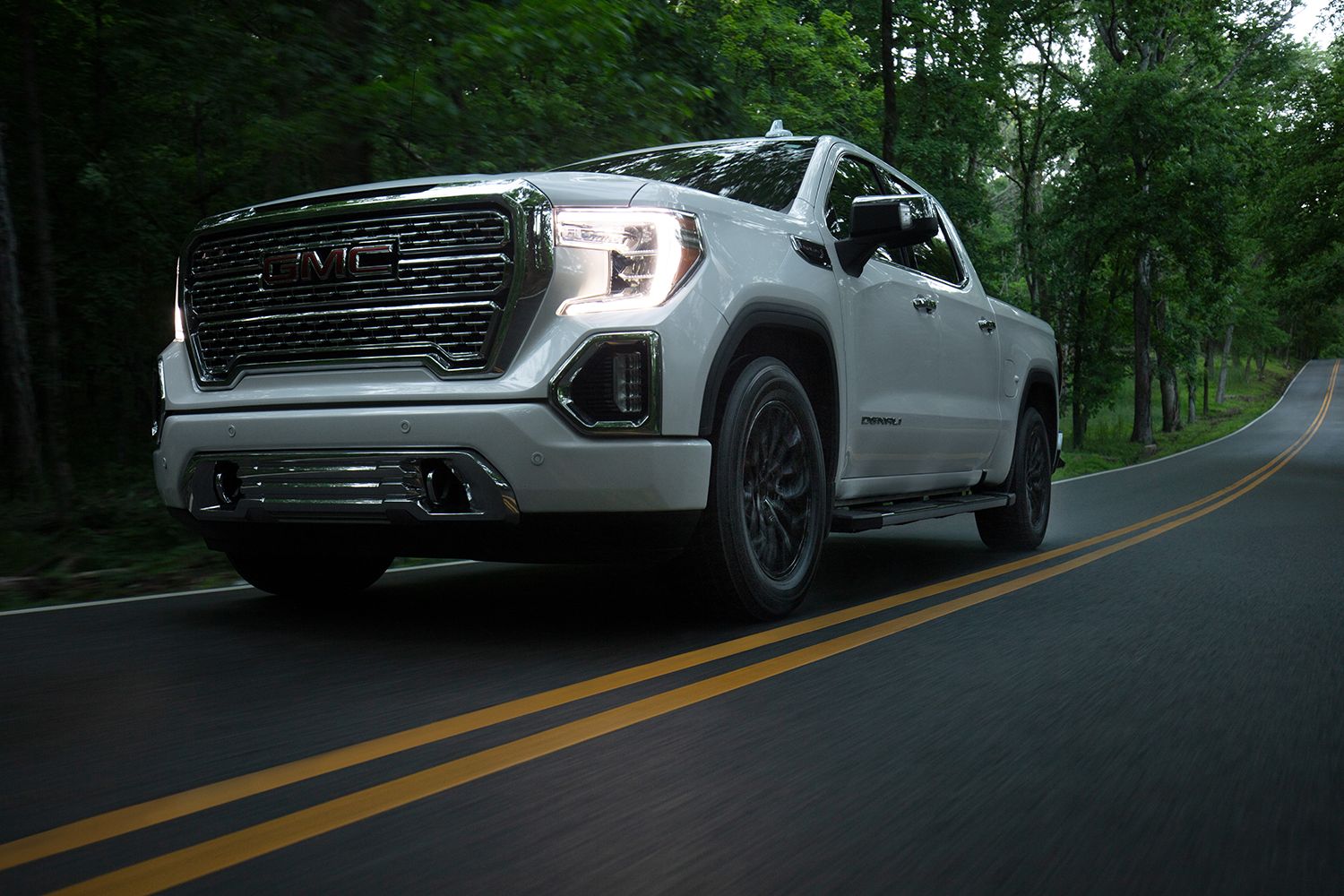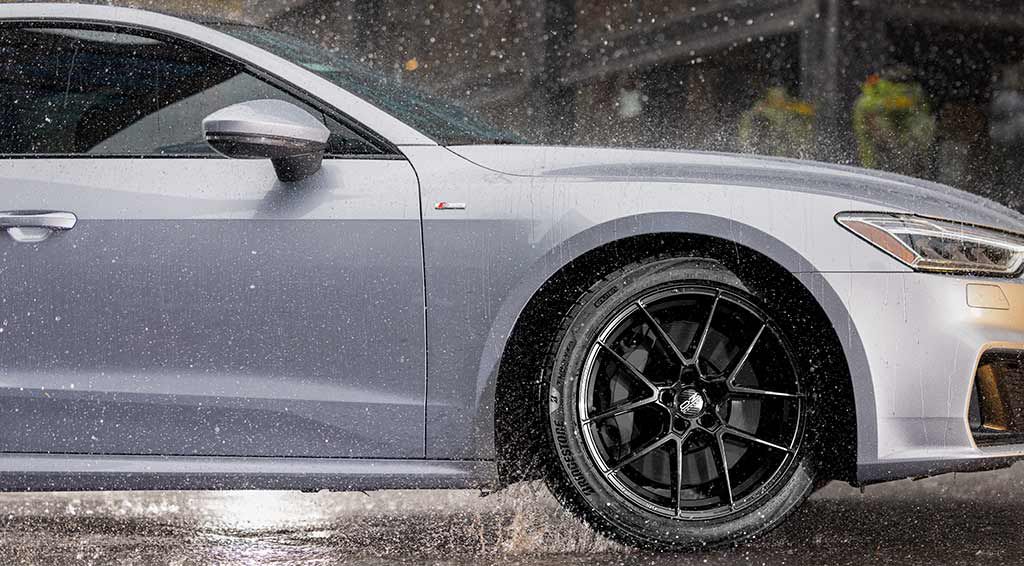
Do AWD Cars Need Winter Tires? Yes — Here’s Why
Think All-Wheel-Drive alone can tackle winter? Think again. Learn why winter tires help to offer the grip, guidance, and great handling your AWD truly needs.
Read More
Firestone Complete Auto Care provides a wide range of fast tire repair services designed to help your car perform at its best. Our skilled technicians are here to deliver the expert care your tires deserve.

Think All-Wheel-Drive alone can tackle winter? Think again. Learn why winter tires help to offer the grip, guidance, and great handling your AWD truly needs.

SUVs and trucks aren’t built like sedans—and their tires shouldn’t be either. Learn why bigger vehicles need different tires for weight, grip, and durability.

Discover what a touring tire is, its pros and cons, and if it fits your driving needs. Explore top picks like the Bridgestone Turanza Prestige and EverDrive.